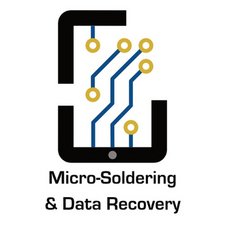Component missing from logic board
Hi All,
Please see the image below, I managed to knock off one of the components just above the battery connector on my iPhone SE and now it wont charge (or atleast the battery status isnt correctly reported).
Can you advise what the compoment was?

Thanks,
Adam
좋은 질문 입니까?



 15
15  289
289  806
806